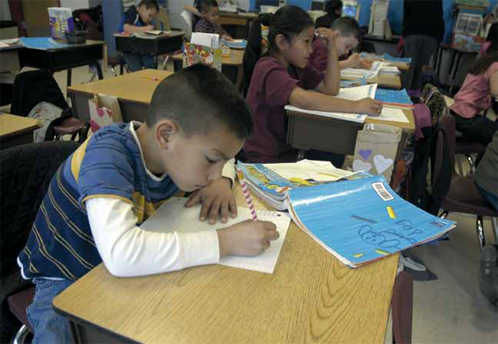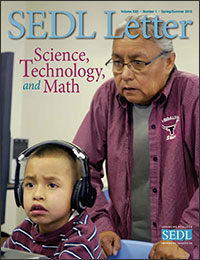STEM: Building a Strong Foundation
If you took high school physics, you may have learned about concepts like tension and compression by building balsa-wood bridges. Some of us enjoy the challenge of using nothing more than lightweight wood and glue to create a 3.5-ounce structure that can support an object more than 1,000 times its weight. Others find the task maddening or simply feel that the world would be better off if they left the job of building bridges to someone else.
Whether you love, hate, or are indifferent to math and science, our society needs people who know how to build bridges, conduct medical research, and lead space exploration. We are all hearing about the growing demand for people in science, technology, engineering, and math—or STEM—fields. At the same time, we hear sobering news of a persistent achievement gap in U.S. schools and concerns about whether enough students are graduating with the necessary skills to enter these fields and compete in the global marketplace. As educators, we have the opportunity to help more students take physics and build strong bridges where they otherwise might have opted out.
In this issue of SEDL Letter, we address challenges and solutions related to STEM instruction. We describe three different professional development projects, where SEDL content experts are helping teachers provide instruction in math, science, and technology—or some combination of the three—more effectively and in a more integrated way. We examine the importance of evaluation in helping educators identify and meet goals on STEM-related projects. We also review a research report on ways that instructors can engage students, especially those who are underrepresented in STEM fields.
Regardless of the role STEM plays in your life, we hope you will share your thoughts on this issue of SEDL Letter.

Next Article: A Plan for Success: Using Thinking Maps to Improve Student Learning in Georgia

